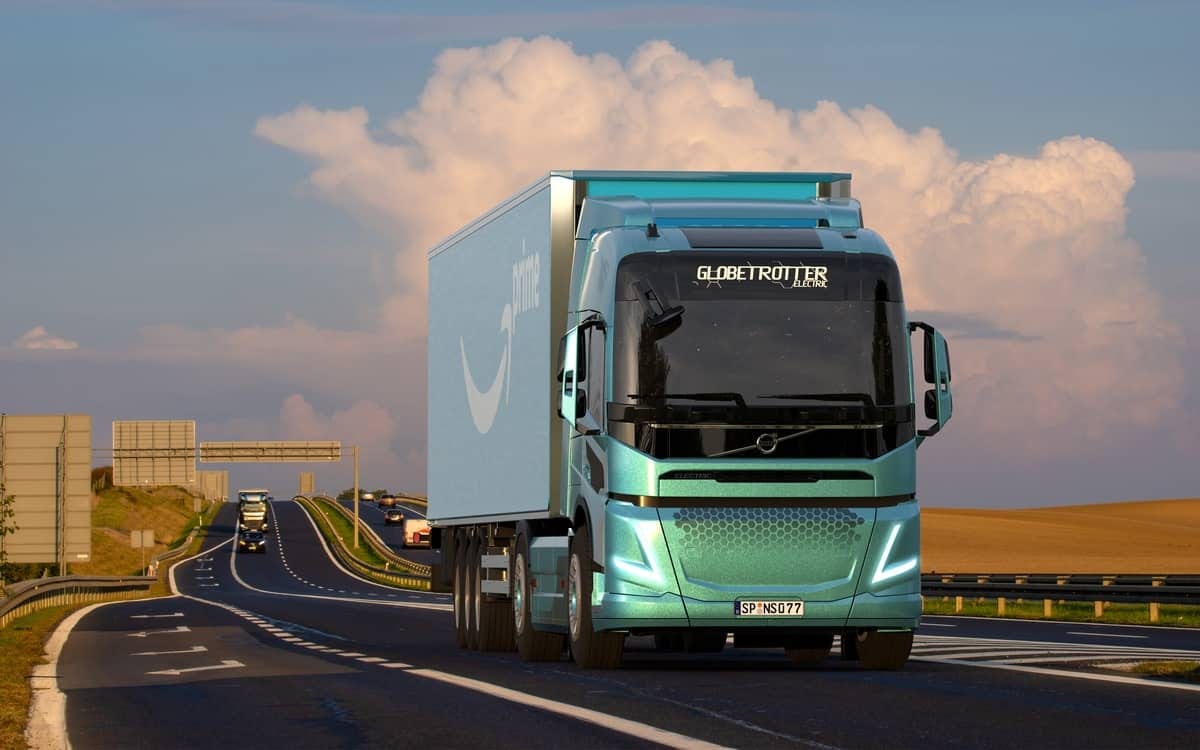After the 1.5 degree target
The climate conversation would be so different if we had a $10/100-year ton of CO2 removal

The 1.5 degree target is dead. The focal point of target activism for much of the last decade died of anthropogenic causes this year, as global temperatures merrily zipped past what was meant to be an ultimate speed limit. Due to the convoluted way the UN keeps tracks of these things, the official death certificate won’t be issued for some time yet. But make no mistake about it: 1.5 has ceased to be, it’s kicked the bucket, shuffled off its mortal coil and joined the bleedin’ choir invisible.
It is an ex-target.
In stages-of-grief terms, most of climateworld is still in denial, but UN Secretary General Antonio Guterres has moved on to bargaining. In a recent speech to the UN Environment Program, he argued 1.5 isn’t dead, it’s resting: “scientists tell us that a temporary overshoot above 1.5 degrees is now inevitable…but this is no reason to surrender. It’s a reason to step up and speed up.”
Obviously, messaging around this is awkward. Any number of countries, states, municipalities and corporate boards publicly wedded themselves to the 1.5 goal over the last ten years, and walking away from all that was always bound to be tricky. Nobody wants to be stuck behind the podium announcing that the thing you ballyhooed as necessary just a few years ago is now impossible.
But if 1.5 degrees is an ex-target, what are we to replace it with?
Well, what do we want a target to do, anyway?
To my mind, the point of a target to concentrate attention on the specific thing that will make the most difference. We want it to guide our decisions so that we do the most to help the climate with the limited resources we have. We want it to align climate action with climate outcomes. And there’s one way to do that: focus on costs.
Dollars and cents.
The one question that will make the biggest difference to our climate trajectory over the next seventy-five years is brutally simple: How much does it cost to take one ton of carbon dioxide out of the atmosphere?
Currently, we add about 40 billion tons of carbon dioxide to the atmosphere every year. Natural carbon sinks remove about 18 billion of those from the air. That leaves 22 billion tons of additional airborne carbon dioxide in the air each year.
When you get past the romantic nonsense, the real question is: how much are we willing to pay to bring that number down to zero?
Because there are thousands of ways of preventing an emissions in the first place, and hundreds of ways of clearing greenhouse gases from the air once they’re emitted.
But resources are limited.
Anytime you devote resources to less efficient ways of abating carbon dioxide, you’re leaving carbon dioxide in the air needlessly. If we were really focused on the climate first, we’d be much more cost conscious. The $100/ton solutions often talked about as an aspirational target are still an order of magnitude too expensive to get us where we need to be. At $100 per ton, getting to net zero costs $2.2 trillion — more than twice the U.S. defense budget.
That’s a non-sense number: still an order of magnitude too high. Which is why:
We should aim for a $10 ton of carbon dioxide removed from the atmosphere for at least a 100-years.
If we could do that, our climate problem would be pretty close to solved.
A $10/100-year ton would make net zero a $220 billion/year proposition. That sounds like a lot, but it really isn’t. We’re already spending five times that much on climate — more than a trillion dollars a year.
Of course, a $10/100-year ton feels out of reach: most carbon dioxide removal activity has concentrated on high-cost approaches. Researchers spend their time on either engineered approaches (i.e., big crazy machines) that cost $1,000+ a ton, or tree-planting projects that come in at $20-50 a ton, but only keep carbon out of the atmosphere for 20-40 years, and also compete for land with farmers. In the middle you get a family of mineral-based techniques —enhanced rock weathering, ocean alkalinity enhancement— that are longer-lasting but more costly, coming in at around $50-$320 a ton.
The tech we have is not up to the job.
Yet.
If we had good enough cheap enough tech, our climate conversation would be so different.
The usual objection to carbon dioxide removal is about moral hazard. “If you create an ‘out’,” people say “polluters are just going to keep polluting!”
This objection is backwards. The truth is closer to the opposite. Without the right decarbonization technology, you end up wasting a shocking amount of resources for subpar results.
Take heavy-trucking, to take just one out of dozens of possible examples.
Big trucks need very big batteries, so electrifying heavy trucking is expensive. One study by Catalyst Climate suggests over the lifetime of a heavy truck, electrifying road haulage would stop a ton of carbon dioxide from being emitted at a cost of $50 per ton saved.
Say your decarbonization budget is $50. With that much money, you could take five times more carbon dioxide out of the atmosphere if you had a $10/100 year ton than by buying that fancy electric truck.
To me, the moral hazard is actually the other way around.
If we had a $10/100 year ton of carbon removal, insisting on higher cost mitigation options would mean up leaving five times as much CO2 in the atmosphere. Needlessly.
The same logic applies to a range of hard-to-abate sectors, from cement and high-temperature industrial processes aviation (where costs are often in the hundreds of dollars per ton of CO2 saved) to aviation, where it can climb into the thousands, low-cost 100-year CDR would absolutely overturn the conventional wisdom about our best paths to decarbonization.
If we were able to think straight about decarbonization, if we could get over ourselves and just be pragmatic about getting as much greenhouse gas out of the atmosphere as we can do on a limited budget, we’d realize we’re massively underinvesting on R&D into low-cost CDR.
“Well, Quico would say that,” you’re thinking, “his job is all about developing low-cost 100-year CDR.” But that’s backwards: I decided to work in this space because it’s the most important thing to do, not the other way around.
There’s really only one process able to capture carbon dioxide at under $10 a ton, at climate-relevant scale. It’s not anything human beings came up with, it’s not anything you do in a lab. It’s just photosynthesis. And there’s only one place with the scale it would take to achieve carbon dioxide removal at relevant scale, and that’s the ocean. If we’re ever going to be able to hit a $10/100-year ton, it’s going to be through ocean photosynthesis.
Really we should spend far more of our resources figuring out the ‘how’. Some researchers think you can do this with macroalgae — kelp or sargassum are the ones most often mentioned. The people I work with tend to focus more on microalgae — the invisible kind of microscopic seaweed scientists call phytoplankton. Some researchers think phytoplankton carbon would work better in cold waters — the biggest research group in the field is targeting the Gulf of Alaska. The approach I’ve focused more on would happen in warmer waters in the Pacific. Who knows who’ll turn out to have been right?
The only way to find out who’s right is to try all these approaches in parallel: the kelp, the sargassum, the cold water phytoplankton, the warm water phytoplankton. If anything is going to bring us to a $10/100-year ton, it’s going to be in this space.
All hung up on the unburied corpse of 1.5 degrees, Climateworld still hasn’t caught on that a $10/100-year ton of carbon removal is a live possibility. When it does, the climate conversation is going to change. A lot.


